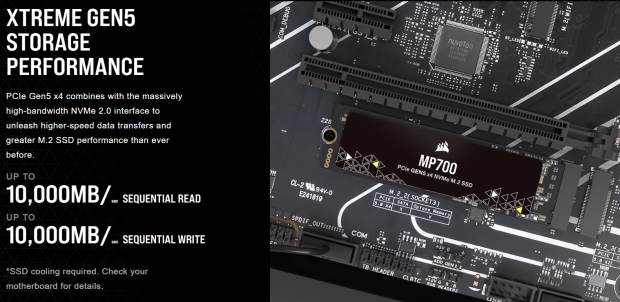Corsair, like all purveyors of PCIe Gen5 SSDs to date, specifically states that its Phison E26-controlled MP700 must be adequately cooled by the end-user for the drive to function properly or even at all. However, that didn't stop some reviewers of the 10,000 MB/s capable SSD from posting benchmarks while running the drive without any heatsink or airflow because why not, right?
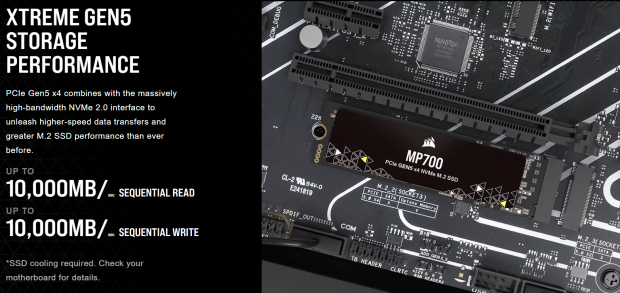
Whether or not this was intended to be malicious or just an innocent demonstration of what happens if the end-user doesn't provide any cooling, the result is the same. Some readers/viewers took it as an opportunity to trash the drive.
As we see it, Corsair could have just pointed to the "SSD cooling required" included in its advertisement and as stated on the back of the drive's packaging:
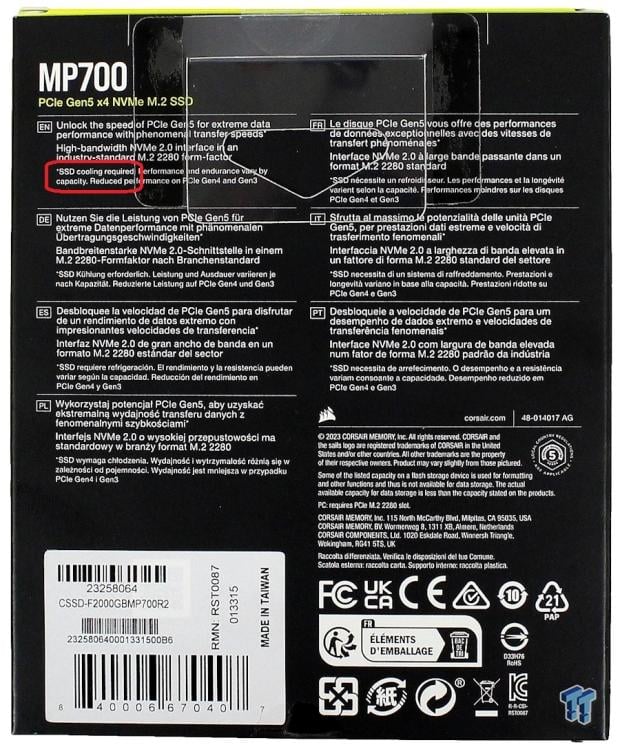
A legitimate enough response for the neigh sayers. However, Corsair, such as they are, is always looking to deliver customer satisfaction whenever feasible, even if it's to address an outlier issue of the consumer not running its hardware as specified.
Corsair working with Phison has responded by bringing forth an ingenious solution called Link-State Thermal-Throttling. Phison Link-State Thermal Throttling is a patent pending firmware technology that allows an SSD controller to thermal throttle by internally reducing the PCIe link at the PHY. This expands the scope of adjustments and capabilities that are made in response to thermal throttle events.
Chris Ramseyer of Phison Electronics explains the new technology as follows:
With PCIe Gen5, the PHY that connects the controller to the PCIe bus is more robust and smarter than previous generations of PCI Express link technology. Link-State Thermal Throttling allows Phison to reduce the thermal output of the PHY by moving the link to the PCIe bus from Gen5 to lower generations like Gen4, Gen3, and so on.
With Link-State Thermal Throttling, the drive is able to reduce power when accidentally used without a heatsink or in a very hot environment. The technology allows the drive to remain on the PCIe bus without forcing a shutdown to preserve the controller, NAND memory, and valuable data. Link-State Thermal-Throttling also allows the drive to operate 10x-20x faster on average compared to previous thermal throttling technology when a throttle event occurs. When the thermal event is over, the drive will automatically regain a Gen5 link and operate at full speed.
As we see it, this is a perfect solution to what we consider mostly an end-user (reviewers) self-inflicted wound related to the MP700. Additionally, it's such an improvement over previous throttling methodology that going forward, all E26-controlled SSDs will come with this technology baked right in. And of course, Corsair's MP700 SSD will ship with this new firmware once it starts selling.
Okay, now let's take a look at what happens with and without Link-State Thermal-Throttling technology in place using the very drive without any heatsink that ushered in the aforementioned technology.
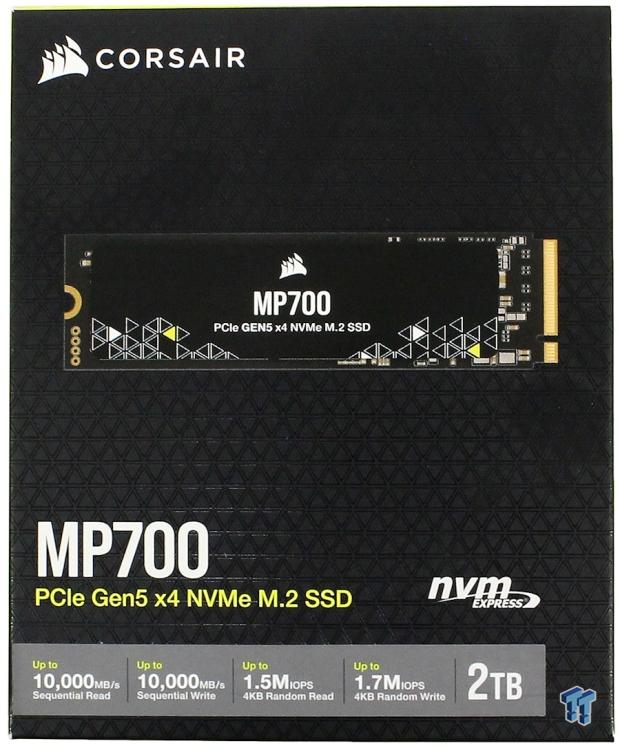


Before and After Benchmarks
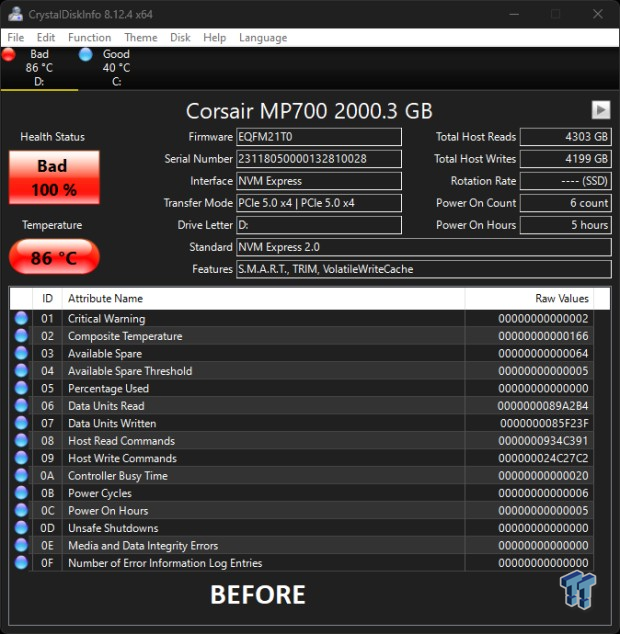
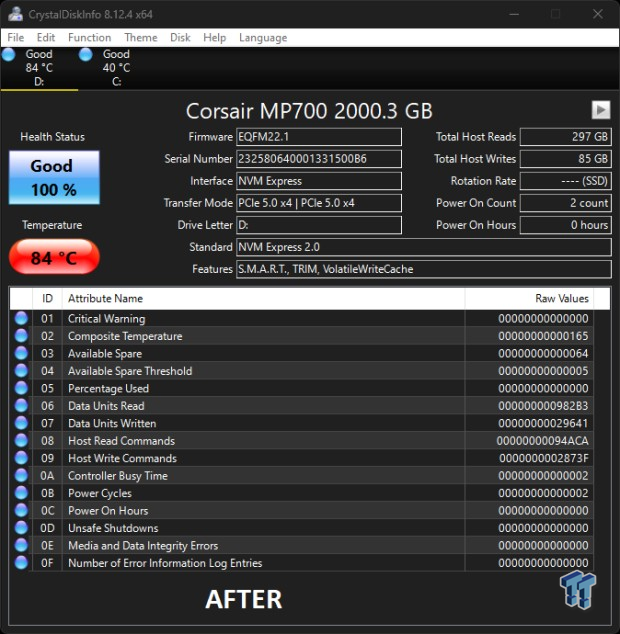
On the left, we have the drive reaching shutdown status at 86c and CDI calling the drive "BAD". On the right, we have the new firmware running as hot as we could get it, 84c, and this time the drive does not tap out. Notice, CDI still calls the drive "GOOD".
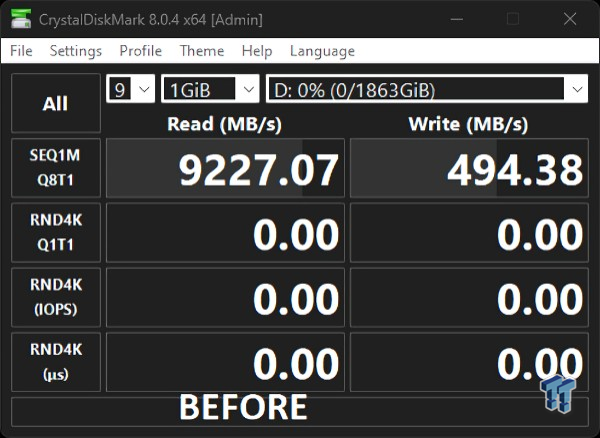
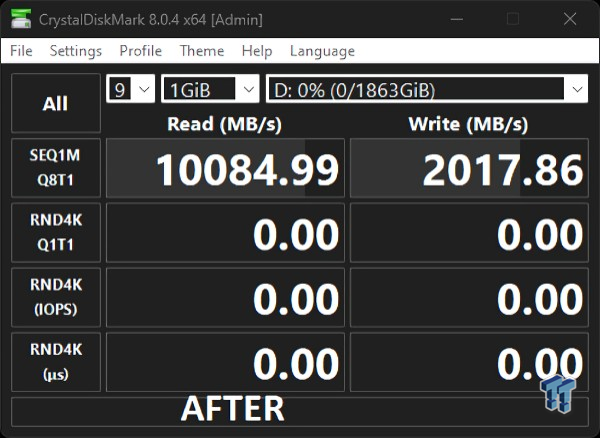
On the left, we have the drive throttled back to 494 MB/s and on the verge of shutdown. On the right, we have the drive downshifting to a Gen3 Link-State, allowing it to maintain 2017 MB/s with no danger of shutting down.
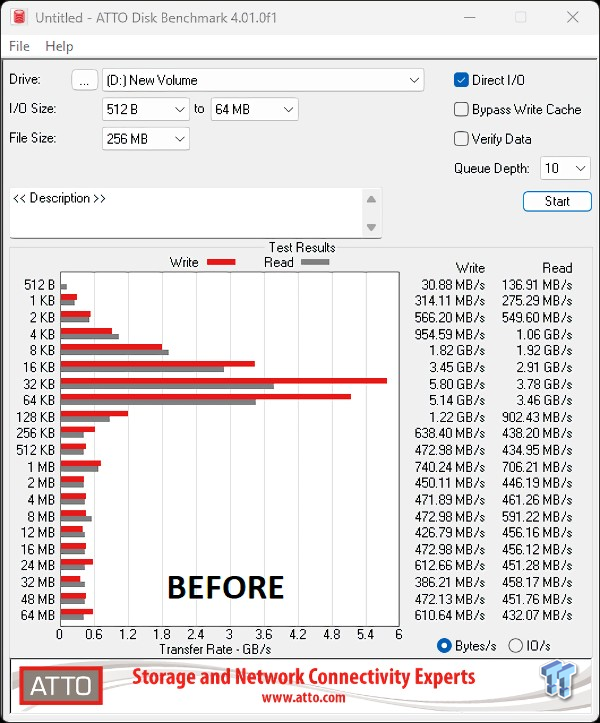
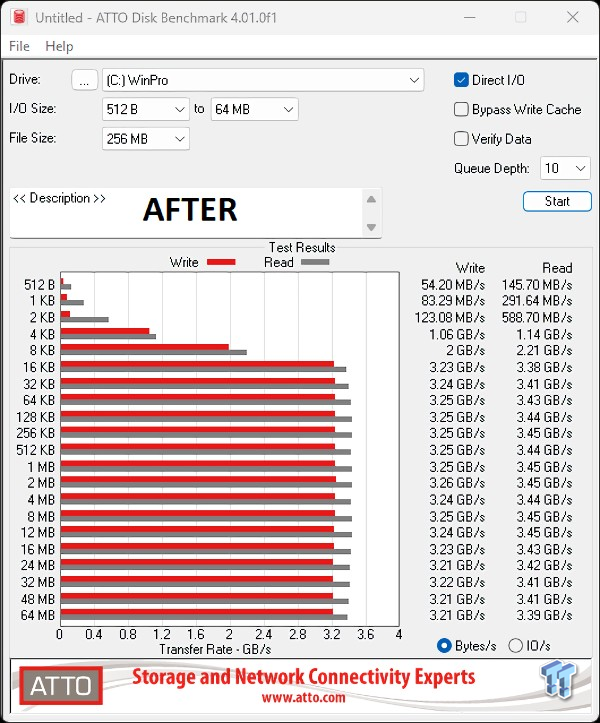
On the left, we have the drive throttling back both reads and writes to as low as 400 MB/s, and in fact, the drive did drop out at the end of this test. On the right, we are seeing what again looks to be a Gen3 Link-State, and we are getting close to 10x the throttled performance and excellent consistency.
In summary, Phison Link-State Thermal Throttling allows Phison-based SSDs like Corsair's MP700 to operate at higher speeds during thermal throttle events. This patent-pending technology also allows the drive to operate without forcing a shutdown to preserve the hardware and data under normal conditions.
Corsair and Phison still strictly recommend end-users use a heatsink with all E26-based SSDs. It is the end-user's responsibility to operate the SSD as recommended. Heatsink options include the motherboard's built-in passive or active heatsink, heatsinks that ship with the SSD, or aftermarket solutions widely available today.
We applaud Corsair for reacting as they have to this somewhat contrived use-case scenario of running a Gen5 SSD without a heatsink. Phison as well for collaborating with Corsair to develop Link-State Thermal-Throttling technology.

